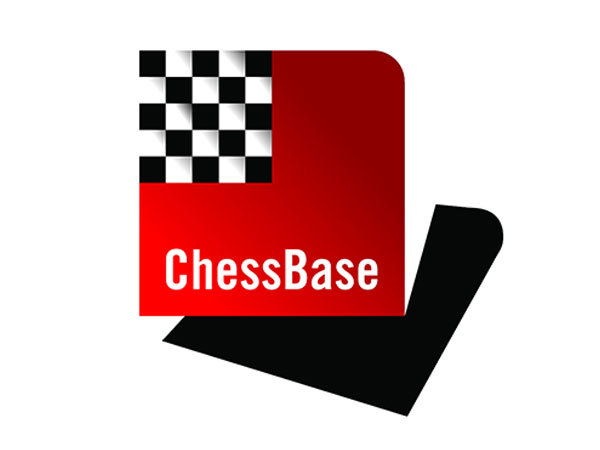


 Lubomir
Ftacnik:
Lubomir
Ftacnik: 1.Nf3: A Variable Repertoire for White (DVD) by Lubomir Ftacnik, ChessBase, Playing time: 4 hours 33 min. $29.95 (Chesscafe Price: $25.95)
This is a very unusual opening repertoire DVD from GM Ftacnik. He is the sort of strategically-minded GM who makes positional chess look simple and forces the viewer to sometimes reconsider their approach to the game. And that can be a good thing.
A quiet but determined presenter, his command of English is strong with few gaffes. One example of the latter, he uses "parade" for the German parade (counter). These small mistakes are persistent, but do not overly detract from the material. The introduction is worth listening to for any class of player, as he attempts to answer the question,"Why 1.Nf3 instead of 1.c4 or 1.d4?" One thing he stresses is that one should use databases to find ideas you can use with either color by looking for analogies and symmetries in openings.
That made me think right then and there. I have used databases to search for specific positions, and have noted instances like this in the openings – a Latvian Gambit can transpose to positions found in the King's Gambit, for example. I may explore this further and report on it in a future CB11 note. 1.Nf3 is a "careful player" repertoire. When playing it, you are often a step away from mainline openings, and you can transpose, but you do not often run the risk of falling into an opening trap based on a specific variation. I don't normally give the whole list of topics on a DVD, but it seems wise to in this case:
You certainly cannot complain that this DVD is too sparse with either variation- or idea-based play.
I am a big believer in using ideas rather than rote memorization for openings. However, I must confess that I have rarely found the approach of using an opening with a tempo in reserve to be all that useful. It is very difficult to turn a defensive idea into an attacking idea, especially for a player who prefers punching to counter-punching. Still, the third section was quite illuminating, with the game Kramnik-Carlsen providing a good example of his symmetry analogy and I began to get the drift.

One thing I really appreciated from Ftacnik is how to utilize closed positions to my advantage. You can never have too many examples of these in your chess memory. I just wish it were as simple as he made it look. After you work your way through all these games, the summary is a bit disappointing; he really doesn't give you any more than he gives in the introduction, less in fact. A more overarching conclusion would be valuable.
Closed openings are not especially useful for lower-rated players seeking to improve, so I will say this DVD is for any player rated above 1600 Elo who wants to learn more about ideas that arise in closed openings. It certainly was an educational experience for me, and I intend to continue viewing it, as the author has many great ideas that I need to comprehend.
My assessment of this product: Great (five out of six stars)